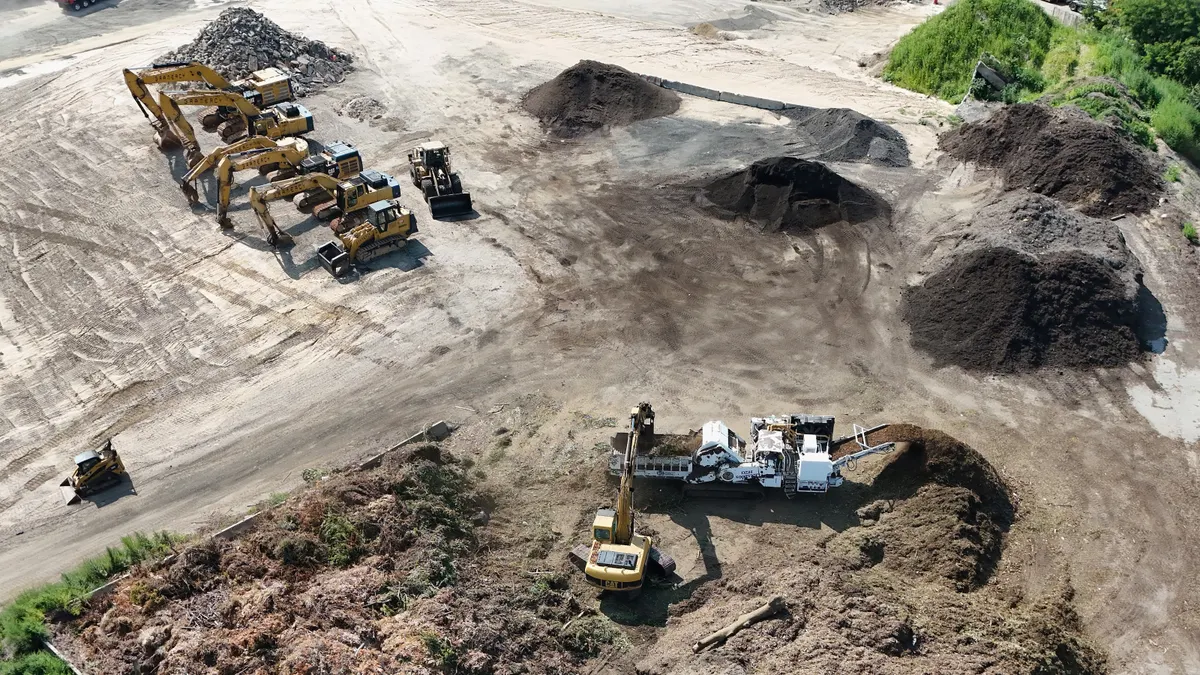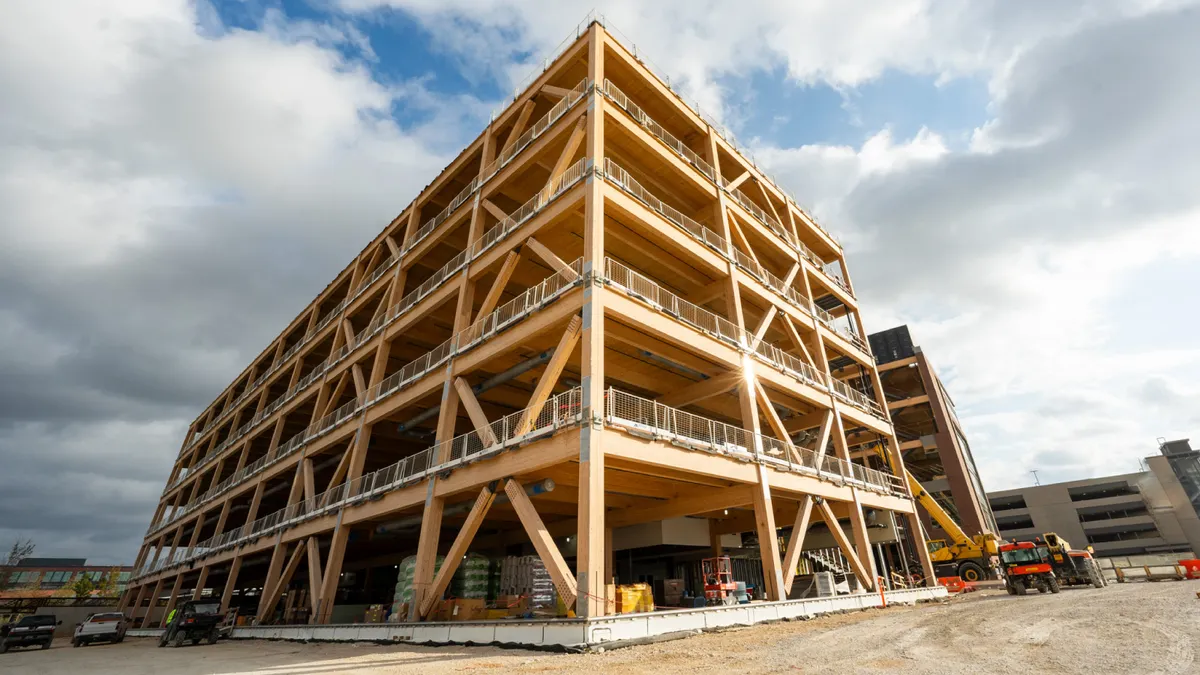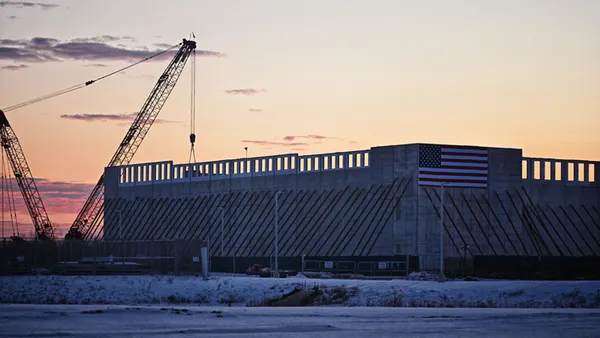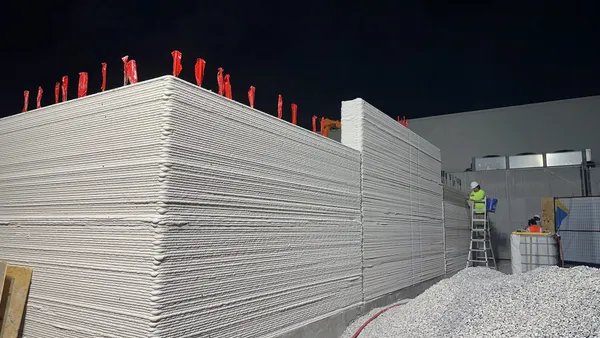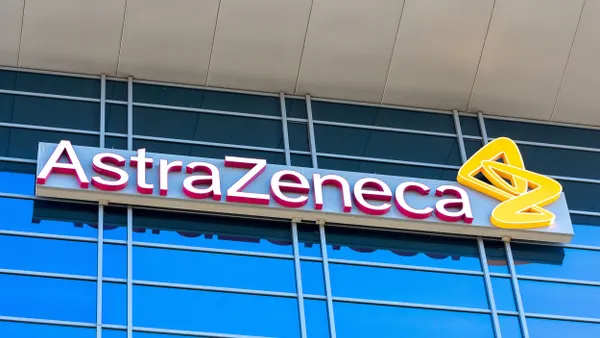Dive Brief:
- General contractors’ 2025 midyear construction outlooks highlight slower growth ahead due to policy uncertainty from tariffs and lingering cost pressures, according to market reports from Skanska, DPR and Gilbane.
- Common headwinds cited in the reports include tariff impacts on activity, along with tight credit and immigration enforcement. Though these factors are decelerating construction activity, contractors also flagged opportunities in select sectors, including infrastructure and water supply segments.
- Those challenges are likely to extend into 2026, according to Gilbane. However, to counter this, contractors are increasingly turning to supply chain adjustment strategies.
Dive Insight:
The three reports sketch a construction economy caught between resilience and restraint.
Policy shifts are the central source of that uncertainty. Skanska described 2025 as a year where owners are questioning stability due to funding concerns and overall project costs. DPR highlighted the gap between legislative intent in President Donald Trump’s One Big Beautiful Bill and its uneven on-the-ground implementation via a scatter shot of executive orders, leaving contractors to wrestle with mixed signals for planning.
Meanwhile, labor is still a critical bottleneck. That has been exacerbated through stricter immigration enforcement on jobsites and executive actions that have disrupted the availability of skilled workers, according to DPR.
“While we haven’t seen this as a widespread challenge on our sites specifically, there is data from Associated General Contractors of America research aggregating percentages of ‘foreign-born’ trade workers, with over 50% in trades,” according to the DPR report. “If the U.S. government decides to further restrict the legal immigration process then yes, we could definitely assume a potential significant impact on some of these trade roles over time.”
Construction inputs and supply chains are the other dominant headwind from the reports. Skanska pointed to copper and steel as particular pressure points. Both Skanska and DPR indicated shifts in sourcing strategy, such as frontloaded buying activity, where contractors stock up on needed materials in advance to ensure their availability when needed. Companies are also increasingly adopting artificial intelligence and advanced analytics to forecast needs, according to DPR.
Gilbane added a macro layer to its outlook, projecting just 1% overall growth in 2025 construction spending compared to 6.5% last year. That slowdown stems largely from weak residential markets. Select nonresidential sectors, particularly road, bridge, water and waste work, remain on firmer footing thanks to public funding, the report said.



